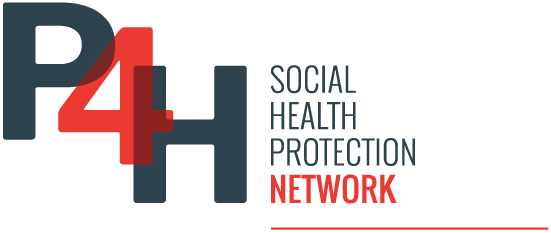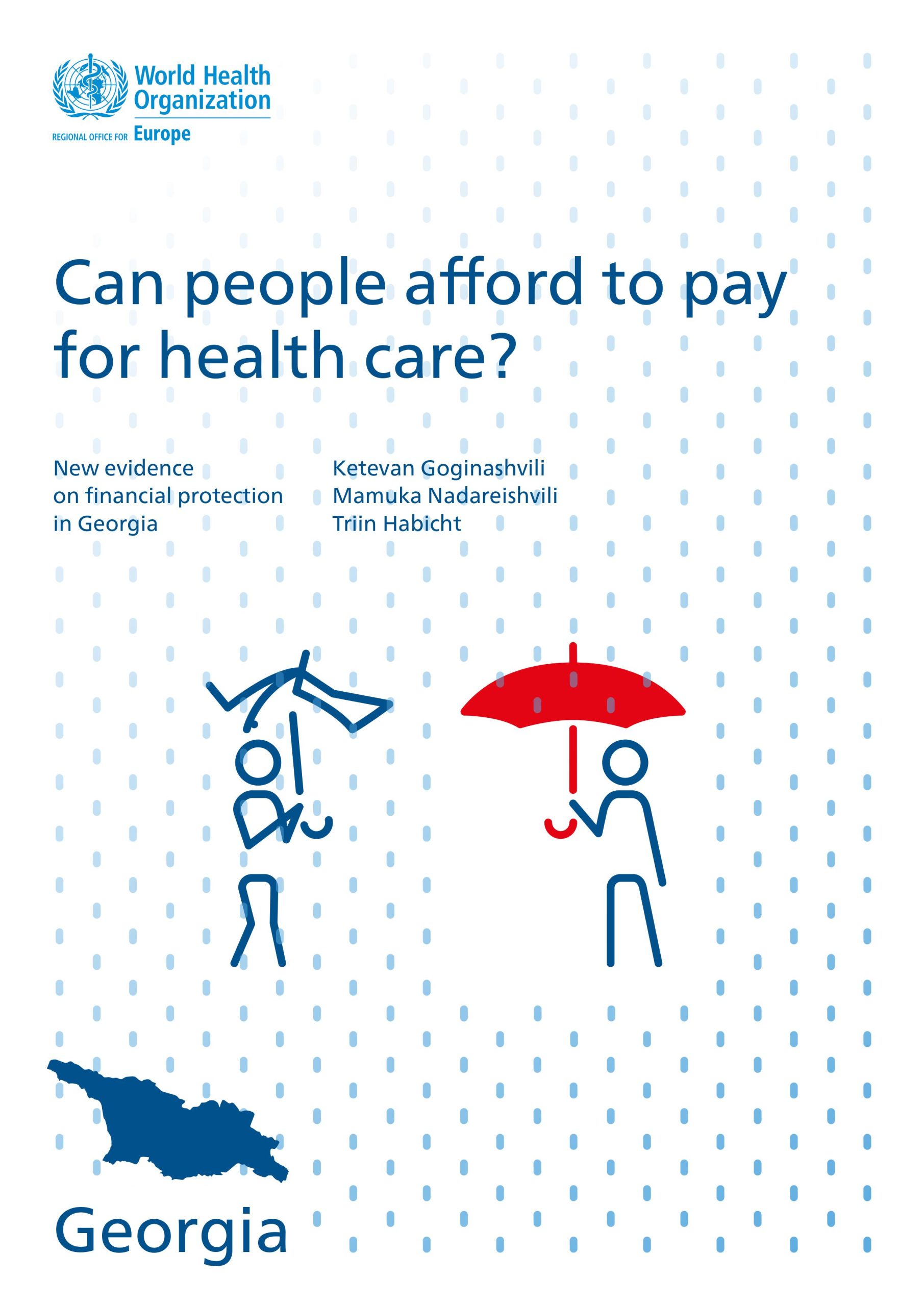A new review titled “Can people afford to pay for health care?” was developed by the WHO Barcelona Office for health financing and published in 2021. Authored by Ketevan Goginashvili, Mamuka Nadareishvili and Triin Habicht, this publication is part of a series of country-based studies generating new evidence on financial protection in European health systems. According to WHO, financial protection is central to universal health coverage and a core dimension of health system performance.
The abstract to the review states that Georgia has a relatively high incidence of impoverishing and catastrophic health spending compared to other countries in Europe. Catastrophic spending is driven mainly by out-of-pocket payments for outpatient medicines, but also for inpatient and outpatient care. Sadly, it is heavily concentrated among the poorest households. Although reforms introduced since 2013 have improved access to health care and reduced the health system’s reliance on out-of-pocket payments, public spending on health remains low and gaps in coverage persist. Some facts from the report are presented below:
- Out-of-pocket payments continue to be high as a share of household spending, accounting for around 7–9% across all income groups between 2010 and 2018.
- Out-of-pocket payments accounted for 48% of current spending on health in 2018. Out-of-pocket payments are still the single largest source of health spending.
- In 2018, one in six households faced catastrophic out-of-pocket payments, up from one in nine households in 2013.
- Public spending on health as a share of GDP was 2.8% in 2018, compared to an average of 4.9% in the WHO European Region.
- Among the poorest quintile, about 90% of catastrophic health spending can be related to out-of-pocket payments for medicines. For the richest quintile, the main driver of catastrophic spending is inpatient care.
- Only around 1% of spending on outpatient medicines came from public sources in 2017. Low-cost generic medicines are generally less available in retail pharmacies than more expensive branded products.
- Lack of trust in primary care increases out-of-pocket payments due to self-treatment or bypassing referral systems when visiting specialists.
It is suggested that to strengthen financial protection, increased public investment in health – especially in primary health care – is necessary but not enough. The government should also address gaps in coverage by prioritizing better protection for poor households and people with chronic conditions; introduce stronger regulation of service volumes and prices (including medicine prices) to ensure resources are used efficiently; and improve the quality of primary health care.


